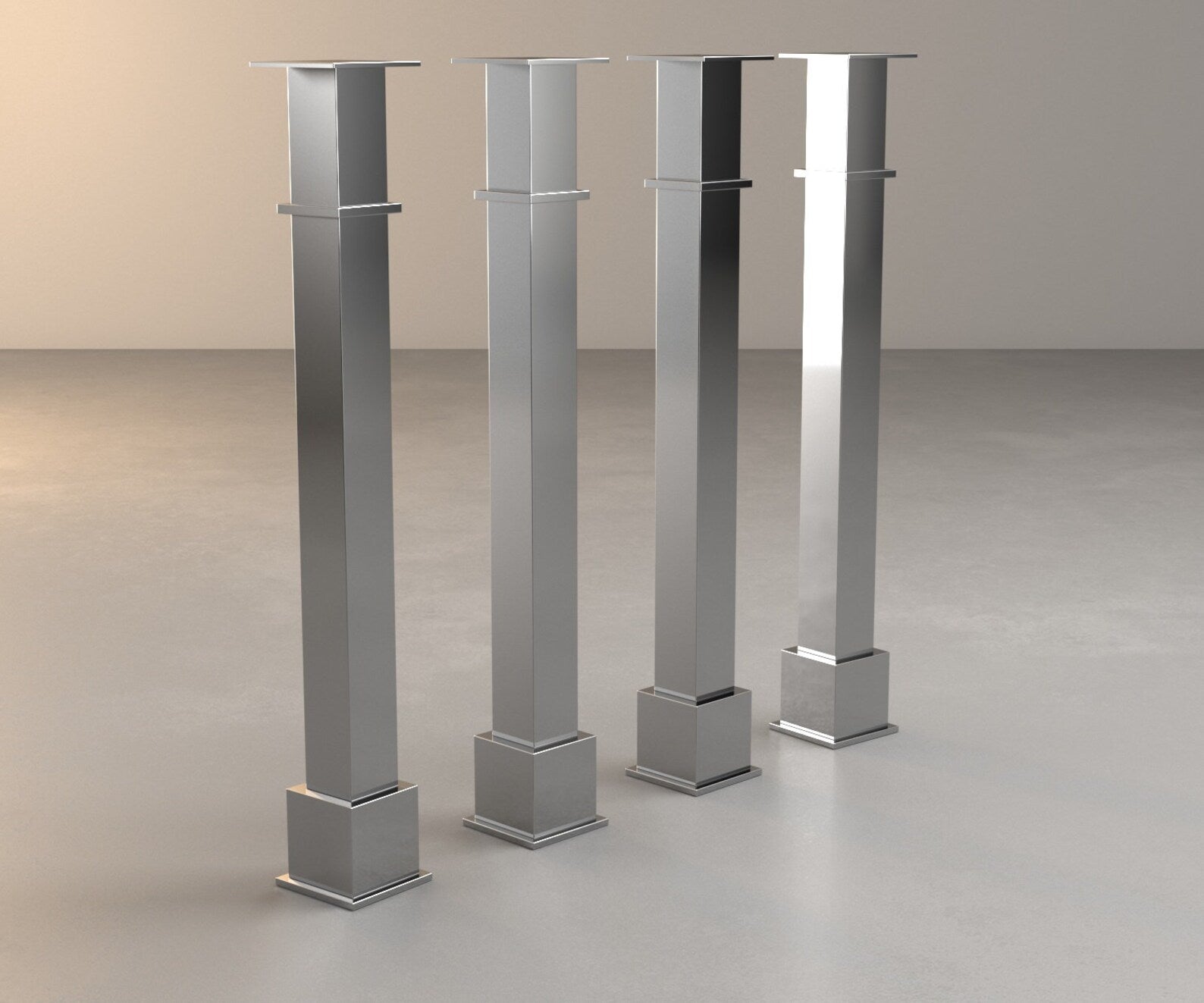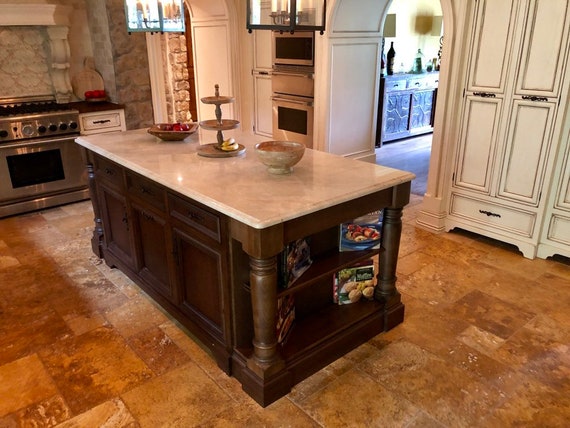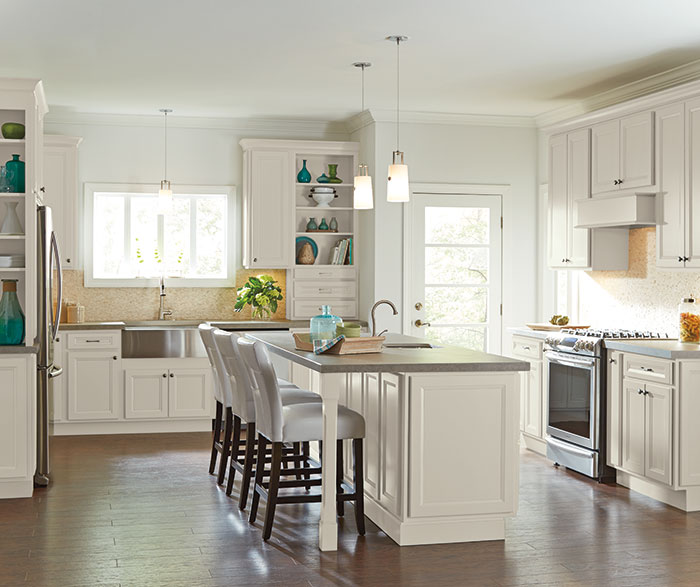Choosing the Ideal Kitchen Island Leg for Sturdiness and Performance
Choosing the Ideal Kitchen Island Leg for Sturdiness and Performance
Blog Article
The Value of a Sturdy Kitchen Island Leg in Creating a Practical Food Preparation Area
A durable kitchen area island leg offers as a basic component in establishing a practical food preparation setting, giving necessary support for both the counter top and different cooking area tasks. The security it offers can considerably decrease the threat of crashes in high-traffic locations, while also contributing to the total visual comprehensibility of the room. As kitchens develop into multifunctional areas for food preparation, eating, and interacting socially, the selection of products and design considerations for island legs ends up being increasingly crucial. Recognizing these elements can transform your kitchen area right into a safer and much more effective location, triggering more exploration into the very best choices readily available.
Benefits of Sturdy Island Legs
Providing crucial support, sturdy cooking area island legs play an essential role in boosting the performance and sturdiness of kitchen islands - kitchen island leg. These legs not just bear the weight of the kitchen counter and any type of additional products put on the island, yet likewise add to the general security of the structure. A well-supported cooking area island makes sure that it remains functional and upright, also under hefty use, which is specifically essential in active kitchen area settings
Additionally, durable island legs can enhance the visual charm of the kitchen. They give a solid structure that can complement different layout styles, from contemporary to traditional. This versatility enables home owners to customize their cooking area islands according to individual taste while making sure that the architectural integrity stays uncompromised.
In addition to their supportive role, durable cooking area island legs can additionally boost safety and security. Inevitably, spending in strong kitchen area island legs is necessary for a practical and aesthetically pleasing cooking area.
Materials for Kitchen Island Legs
When choosing materials for kitchen island legs, longevity and visual charm are critical elements to think about. The most common materials include hardwood, steel, and engineered wood, each offering distinct benefits.
Hardwood, such as maple, oak, or cherry, is a traditional selection because of its stamina and ageless appeal (kitchen island leg). It can hold up against significant weight and is resistant to wear, making it perfect for high-use kitchen environments. Additionally, wood can be discolored or painted to enhance different kitchen designs
Steel legs, commonly crafted from stainless steel or wrought iron, provide a modern-day and industrial appearance. They are unbelievably solid and can support considerable loads while being immune to wetness and warm, which is helpful in a cooking location. Steel legs can also be easily cleaned, boosting their usefulness.

Style Factors To Consider for Security
The selection of products for kitchen island legs straight influences the layout factors to consider for stability. When designing a kitchen island, it is extremely important to examine the weight-bearing capability of the chosen materials. Heavier products, such as strong wood or metal, normally supply higher stability, especially under the stress and anxiety of day-to-day usage.
Additionally, the leg layout should include appropriate geometry to boost stability. A broader base increases the support area, reducing the threat of tipping or wobbling. Consideration must also be provided to the elevation of the legs; disproportionate leg lengths can cause inequality, jeopardizing the total stability of the island.
In addition, the distribution of weight across the island is critical. Making sure that the leg positioning lines up with the heaviest parts, such as devices and countertops, will certainly better improve security.
Upkeep Tips for Longevity

Depending on the product of the legs-- whether timber, steel, or composite-- appropriate cleaning techniques must be used. Steel legs may need a light gloss to protect my explanation against rust and preserve their luster.
In addition, tightening screws and screws consistently can guarantee stability and stop tottering. Take into consideration reinforcing the legs with additional brackets or sustains to boost resilience if the kitchen island experiences heavy use. Applying a protective coating or sealer can secure against moisture and discolorations, lengthening the life-span of the legs. By complying with these maintenance suggestions, house owners can ensure their kitchen area island legs continue to be useful and durable for many years to come.
Selecting the Right Leg Design
Normal maintenance makes sure that cooking area island legs remain strong and useful, yet selecting the ideal leg design is equally crucial for both aesthetics and assistance. The option of leg style can significantly affect the general design and consistency of your kitchen area.

Functionality is an additional vital aspect. For example, thicker legs or those with a durable base can sustain much heavier kitchen counters and tools, enhancing the island's energy. On the other hand, slim legs might develop a ventilated appearance, suitable for lighter styles however possibly less helpful.
Final Thought
In recap, the value of tough cooking area island legs can not be overemphasized in the production of a useful food preparation location. These legs offer crucial assistance, improve security, and add to the overall aesthetic of the kitchen. By thoroughly selecting suitable materials and designs, along with applying correct upkeep techniques, the long life and performance of cooking area islands can be made sure. Inevitably, spending in durable island legs is basic to attaining a safe and effective culinary atmosphere.
A look what i found sturdy cooking area island leg offers as an essential component in developing a useful food preparation environment, giving essential support for both the countertop and numerous cooking area activities.Offering essential assistance, tough kitchen area island important site legs play a critical duty in improving the performance and durability of cooking area islands. Eventually, investing in durable kitchen island legs is vital for a practical and visually pleasing cooking area.
Consideration should additionally be provided to the height of the legs; out of proportion leg sizes can lead to discrepancy, endangering the general stability of the island.
Wooden legs provide warmth and a classic look, while metal legs supply a industrial and modern feel.
Report this page